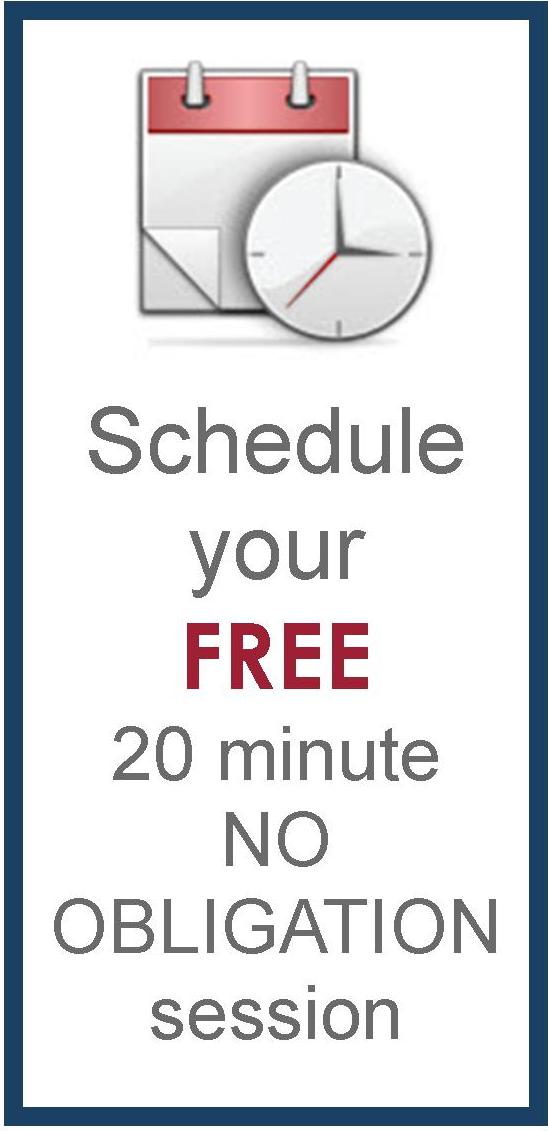August, when most colleges and universities are about to resume classes, is a great time to think about goals, before the classes and institutional goals that must be met in the fall semester ramp up. This is the time to think clearly about what you really want to get accomplished next, because goal setting is an iterative process. As soon as you’ve met one, you are likely moving on to something bigger and better.
Successful schools and individuals rely on goals to stay focused on what they want to accomplish, and help motivate the process of moving forward. A clear vision of what you want to achieve is a major determinant in achieving success in any area of your life. Great goals combined with S.M.A.R.T and S.M.A.R.T.E.R. goals will inspire you to do your best, not beat yourself up for a failure to achieve them. Shoot for the stars and you may land on the moon.
Great goals must contain certain elements to be effective: They are outcome focused, in line with your personal values, stated in a positive manner, and are self-directed. If you know why you want to do something, you are 90% of the way there. When a goal aligns with your values, the easier it will be for you to do the work to accomplish it. (People do accomplish goals that are not aligned with their personal values, but it is harder, and frequently leaves them with a bad aftertaste.) Stating goals positively, such as “I will have one article written by the end of this year” is better than “I want to stop procrastinating on writing an article.” And finally, the goal must be within your own control to accomplish. Saying you “want a promotion” puts the onus on someone else. Instead, you can say, “I want more responsibility” and take on some committee work so the outcome may result in supporting your case for tenure.
Next, an accomplishable goal must be S.M.A.R.T. or even S.M.A.R.T.E.R. The first known use of the term S.M.A.R.T. occurred in the November 1981 issue of Management Review by George T. Doran. The most commonly accepted terms in the mnemonic are:
Specific-The more specific a goal is, the better. It answers the question “Who and what is involved?” “I want to be more productive,” is too vague to provide a clear picture of success. “I will work on my writing projects regularly,” is better.
Measurable-In order to track your progress, and know when the goal has been attained, it must be quantifiable. An example of a goal that is specific and measurable is, “I will write 20 pages.”
Attainable-It is important to establish a goal that will stretch you but which can be reasonably met. If your goal is to write 20 pages by the end of the first month of classes, it is probably not realistic, and you will be doomed to fail. Failure to achieve goals is demotivating and deflating. You want to identify both the requirements and constraints around your goal.
Relevant-Your goals should be important to you. This answers the question, “Why do I want this?” If your Chair is nagging you to write an article, you are less likely to achieve this than if you want to write it because you feel you have something important to share with the world.
Time-bound-Deadlines are useful. They provide a sense of urgency and help keep you focused, with the added advantage of letting you know how close you are to achieving your goal. “I will write 20 pages,” becomes “I will write 20 pages by the end of this year.” If you have written 10 pages by October 31st, you know are halfway there.
Two other letters are sometimes added to S.M.A.R.T., to make the mnemonic S.M.A.R.T.E.R. They are: Evaluate and Reassess. These are necessary steps for reviewing any project to determine if the goals are moving toward the desired outcome, or need to be changed in light of new information. This is where the question, “What’s next?” can be answered. Have you gotten significant new data that needs to be incorporated? Think about how much of what you have written already may have change.
Setting great goals is one of the most effective tools individuals and higher education institutions can use to achieve success. Making goals S.M.A.R.T.E.R. helps close the gap between vision and reality.
Tags: goal setting, goals, planning, procrastination, S.M.A.R.T., S.M.A.R.T.E.R., solutions for procrastination









Helpful information. Lucky me I found your web site untinentionally,and I’m surprised why this accident didn’t took place in advance!I bookmarked it.